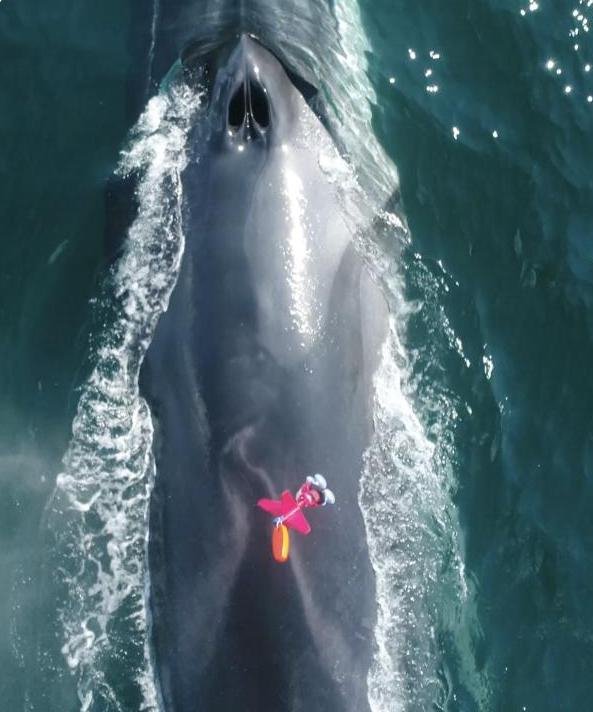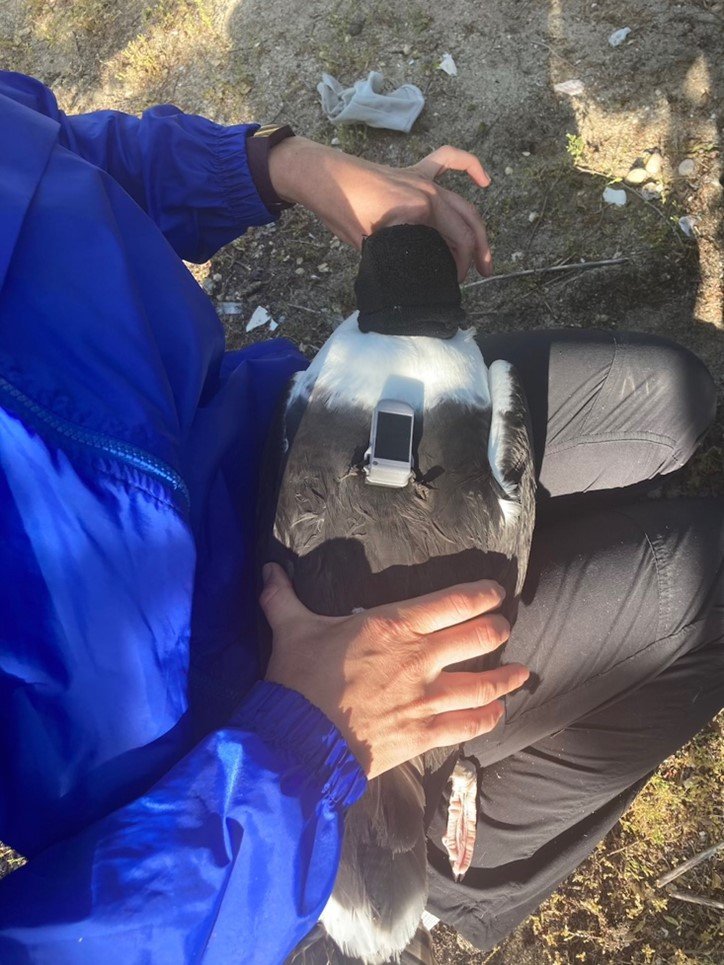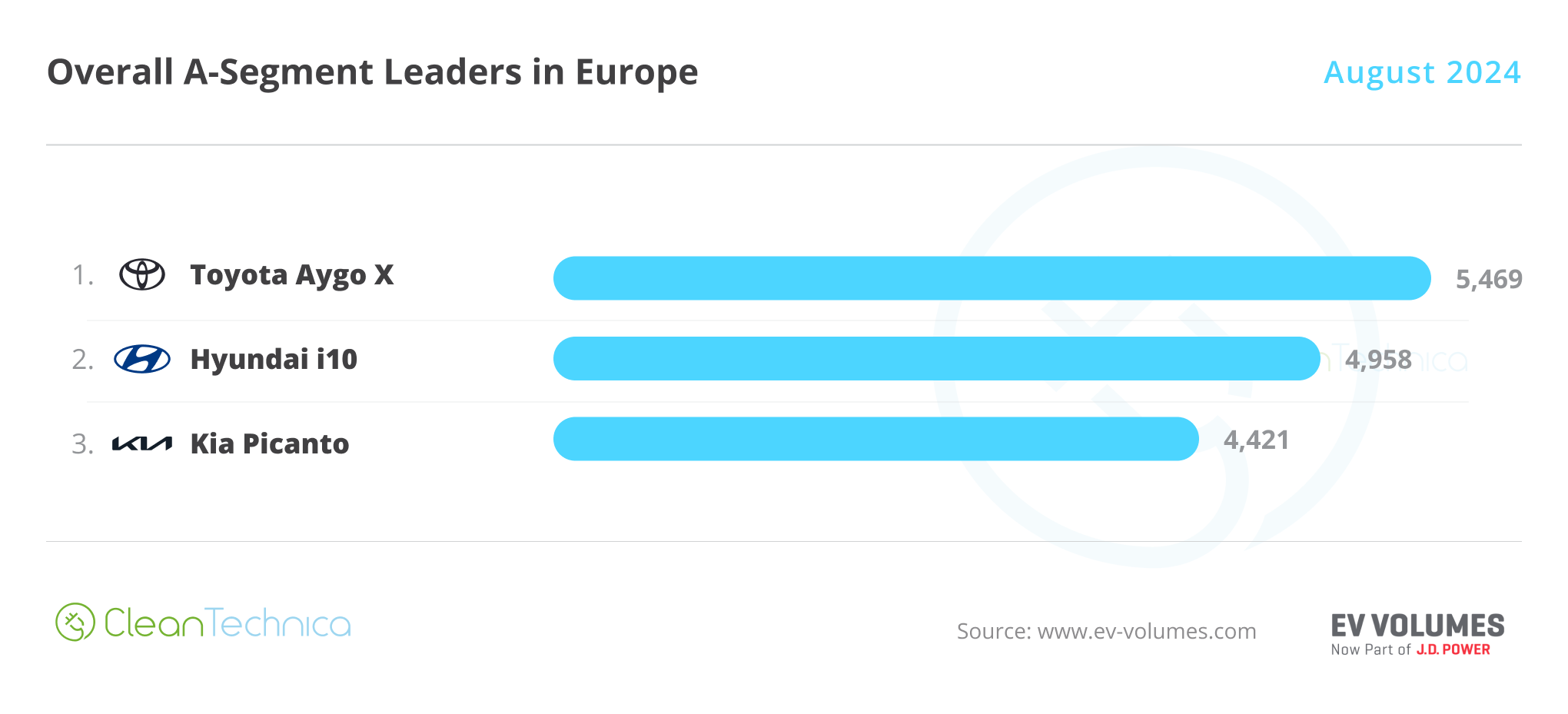Sign up for daily news updates from CleanTechnica on email. Or follow us on Google News!
In the summer of 2023, a marine research vessel called the Song of the Whale spent many mornings off the coast of Martha’s Vineyard keeping an eye (and ear, or hydrophone) out for fin whales. Each time they spotted a pod of whales, the researchers aboard the boat began prepping their specialized drones to either drop a tag—that harmlessly adheres to a whale’s back via suction cups—or gather material being exhaled from a whale’s blowhole. The drones also took photos to measure the size of the whales.

The goal of the exercise was to gather as much information as possible about the behavior of the fin whales around nearby offshore wind energy sites that, at the time, were in the phase of construction that involved securing the foundations of offshore wind turbines into the seafloor.
Doug Nowacek, a marine conservation technologist at Duke University, serves as the principal investigator (PI) of the Wildlife and Offshore Wind (WOW) project, funded by the U.S. Department of Energy’s Wind Energy Technologies Office and the Bureau of Ocean Energy Management (BOEM). He and his colleagues spent much of 2023—the second year of the five-year project—tagging the project’s “species of interest” to better understand their behavior around offshore wind energy projects under construction. The goal of this project is to ensure offshore wind developments are compatible with local wildlife.
“The tags themselves are a minor engineering marvel,” Nowacek said. “They’re fitted with accelerometers that can tell us about the movement of the whale, pressure sensors that tell us how deep they go, and, perhaps most importantly, acoustic sensors so we can measure the loudness of the construction noise.”
The multidisciplinary WOW team includes researchers from universities, national laboratories, consulting firms, and nonprofit organizations that are working collaboratively to understand how advancing offshore wind energy could affect marine life. The project aims to identify how the species of interest respond to the noise of the development, whether (and how) they change their habitat-use as a result, and what the collision risks are between marine life and wind energy infrastructure like offshore wind turbine platforms.
“We’re here to understand any interactions and potential impacts—positive or negative—of this industrial process on wildlife,” said Nowacek.
Nowacek points out that BOEM already enforces substantial restrictions on the noise a construction project is allowed to make and requires abatement measures at all times; crews must also shut down work when whales are spotted nearby. Construction is prohibited at night when whales are harder to spot. Construction of Vineyard Wind I and Empire Wind I, two large wind farms under construction off the coast of Massachusetts and coast of New York, is expected to wrap in the summer of 2024.
This project is also part of the U.S. Department of Energy’s larger efforts to ensure the sustainability of U.S. offshore wind farms.
Laying the Foundation
During the first year of WOW, the team performed assessments that would help shape their fieldwork in subsequent years. For example, partners at the University of St. Andrews in Scotland conducted a survey and a research gap analysis on the species of interest and on offshore wind and other offshore industrial processes, which helped them identify exactly how they needed to focus their fact-finding.
Concurrently, team members at Duke University’s Marine Geospatial Ecology Lab, led by WOW’s co-PI Patrick Halpin, were producing density maps of all the species the project wanted to study, so the team could figure out where they needed to focus their fact-finding.
Then at the start of the second year, the field teams got to work. Nowacek’s crew focused their efforts on monitoring the behavior of whales. They chose to focus on fin whales, which are relatively poorly studied, plentiful in the area during the summer, and protected under the Endangered Species Act. While North Atlantic right whales, which have been listed as an endangered species since 1970, are also of concern in this area of the Atlantic, they spend their summer much further north—a major factor in determining the construction schedule to avoid when whales are in the area.
In addition to the tags that attach to a whale via suction cups—and only last a few days at most—satellite-linked transmitters were attached to many fin whales. These tags can provide location and some dive data for several months. Together, Nowacek says, the two types of tags can provide a good amount of information about the whale’s behavior.
“Tagging whales is hard, slow work, so it takes prolonged effort to gather those samples,” said Nowacek. In the end, the team got a good enough sample size to give them insight into the behavior of the fin whales. These behaviors were previously not well understood—but are key to understanding the impact the construction might be having. “If you don’t know how often they vocalize, you don’t have any sense of whether the construction is affecting their acoustic habits,” said Nowacek.
Keeping an Eye on the Sky
Near Nowacek’s team’s whale-tagging operations, another WOW team was conducting research on Muskeget Island, just west of Nantucket, in summer 2023. The spot was chosen because a colony of great black-backed gulls and herring gulls spend their spring breeding on the island, and the team was able to secure tags to a sample of gulls before the gulls left for the summer.

The tags, which are like small harnesses or backpacks, “communicate GPS data to cell phone towers, have a little solar panel to maintain their charge, and give us a pretty high-resolution picture of where the bird is,” said Lesley Thorne, associate professor at New York’s Stony Brook University and a WOW co-PI who leads a portion of bird-tagging operations. “The tags also estimate how high above the ground birds are flying, which is of a lot of interest for wind farm studies because of the height of the turbines. That’s really important if we want to understand collision risk.”
Thorne’s team—along with other WOW team members focused on bird research—increased their capacity for tagging these wide-ranging birds to determine any changes in how they use the wind energy areas along the East Coast. WOW researchers will also capture flight paths of the eastern red bat using acoustic recorders fixed to offshore platforms and perform aerial (via airplanes) surveys of loggerhead and leatherback sea turtles.
While current research efforts are focused on tracking animal behavior during the construction of offshore wind energy developments, in the next few years researchers will also be able to see how marine species react when the turbines are up and running.
Nowacek says he feels confident that at the end of the project the team will have some strong insights into the relationship between offshore wind energy development and species of interest. The resulting dataset will be widely available to help guide offshore wind developments around the world.

Courtesy of Wind Energy Technologies Office, U.S. Department of Energy.
Have a tip for CleanTechnica? Want to advertise? Want to suggest a guest for our CleanTech Talk podcast? Contact us here.
Latest CleanTechnica.TV Videos
CleanTechnica uses affiliate links. See our policy here.



